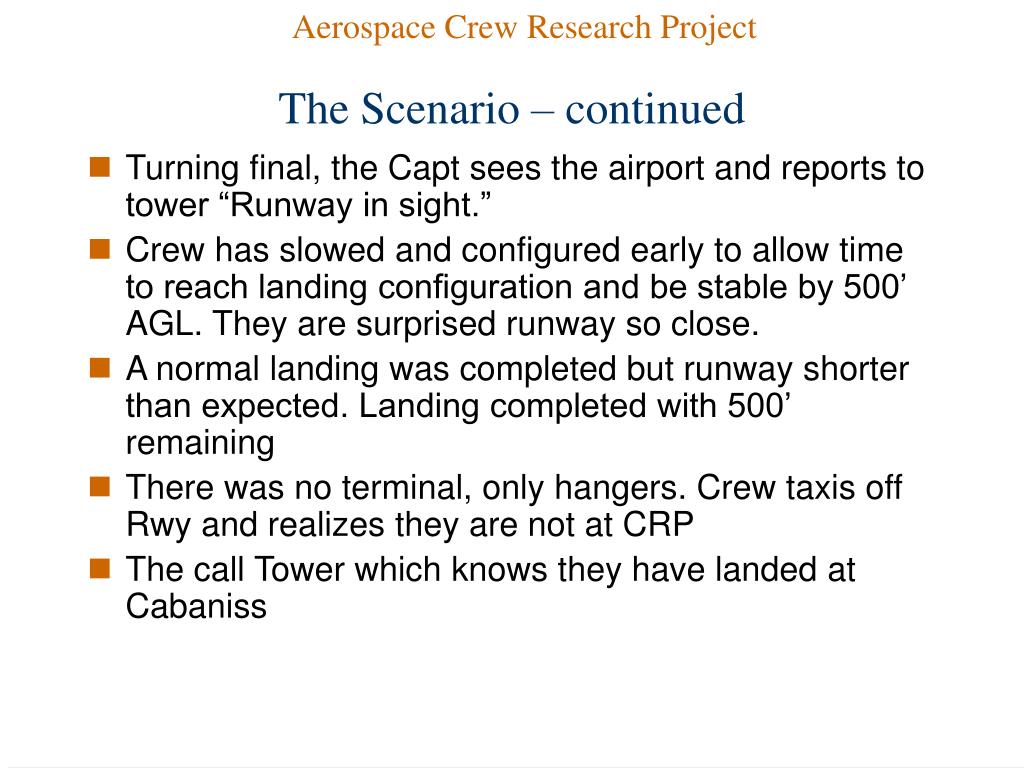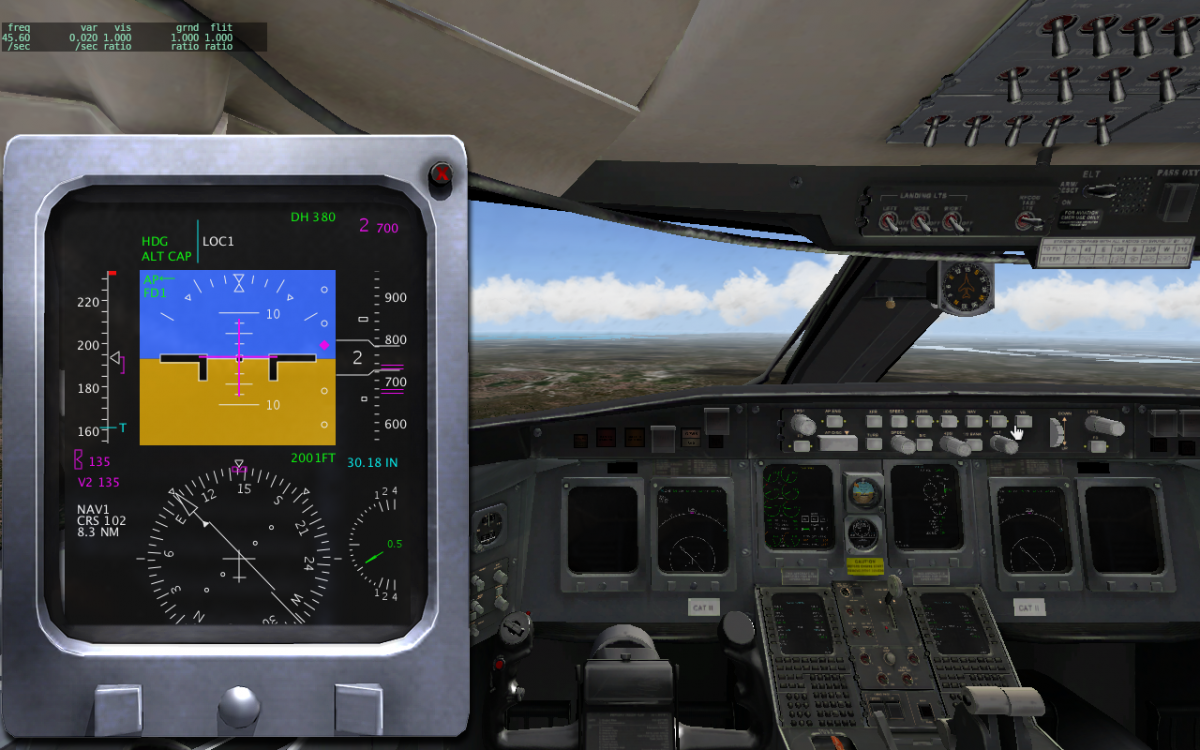

I don't know how it's handled in the US, also the FAA is using the term FAF - Final Approach Fix - talking about ILS approaches. This might cause you to be more than 20 feet below the minimum altitudes, but it doesn't matter as all of them past the FAP are for non-precision approaches only.

The exact altitude reading at which the glideslope passes over a specific point is as variable as air density is. On every flight, you make decisions based on the information you read from those charts.īasically, once you are cleared for an ILS approach and have intercepted the glidepath in accordance with your clearance, your task is to track the localizer and glideslope, allowing not more than a half-scale deflection, until reaching your DA (or DH on CAT II and III approaches).
WHEN TO INTERCEPT LOCALIZER PDF
Refer to page 77 of the PDF document to find the altitudes your question is dealing with. A thorough description (PDF) of all charts published by the FAA is available on this FAA website.

Talk about a stable approach.Īt the very beginning of my answer, I would like to remind that everyone should be familiar with the type of charts he is using. I cannot imagine what would be the point of coming down on a constant GS only to level off at 1000' then try to re-capture the GS just two miles from thouchdown. Then again, I could find nothing specific to prevent anyone from inserting an altitude restriction in a precision approach. The writing leads me to believe that a precision approach should not contain stepdown fixes, and that the descent should be a continuous descent from FAP to MAP. Place the aircraft in airspace where loss of protection from ICAO Doc 8168 Section 4 Arrival and approach proceduresġ.7.5 Any constant descent angle shall clear all stepdown fix minimum crossing altitudes within any segment.ĥ.2.5.1 A stepdown fix may be incorporated in some non-precision approach proceduresĥ.5.5.2 The protection area assumes that the pilot does not normally deviate from the centre line more than half-scaleĭeflection more than half course fly-up could It seems weird that there is a discrepancy with some approaches having the * past the PFAF, and a few that don't - I'll take a further look to see if this is just an oversight or actually has specific meaning. There has also been discussion on another forum about this, though the discussion doesn't provide an authoritative answer to this question. To me, this implies that after the published glide slope interception altitude, that it is ensured that these altitudes will be met. Will be complied with during the descent. Maximum, and/or mandatory altitudes published for any preceding fixes Interception altitude does not necessarily ensure that minimum, Tracking of the glide slope prior to the published glide slope Published decision altitude for the approach. The final approach segment and ensures required obstacle clearanceĭuring descent from the glide slope intercept altitude to the lowest Intercepting the glide slope at this altitude marks the beginning of This point marks the PFAF and isĭepicted by the ”lightning bolt” symbol on U.S. The ILS glide slope is intended to be intercepted at the published Throughout the document, it never refers to stepdown fixes inside the Final Approach Segment, often stating that this is referring to "outside the Final Approach Segment".Ī note in the AIM (after 5-4-5.b.4) also states that: The main issue now is whether altitude restrictions are enforceable if you are on the glideslope, inside the Final Approach Segment and it does not state that it only applies to LOC approaches. Step-down altitudes on an ILS final approach course, while outside When cleared for an ILS approach, do not descend below published An FAA Information for Operators article states that: There is a risk of going outside altitude restrictions if you intercept the glideslope before the published glide slope intercept point, except if noted otherwise. altitude restrictions in the Final Approach Segment.altitude restrictions before the Final Approach Segment.


 0 kommentar(er)
0 kommentar(er)
